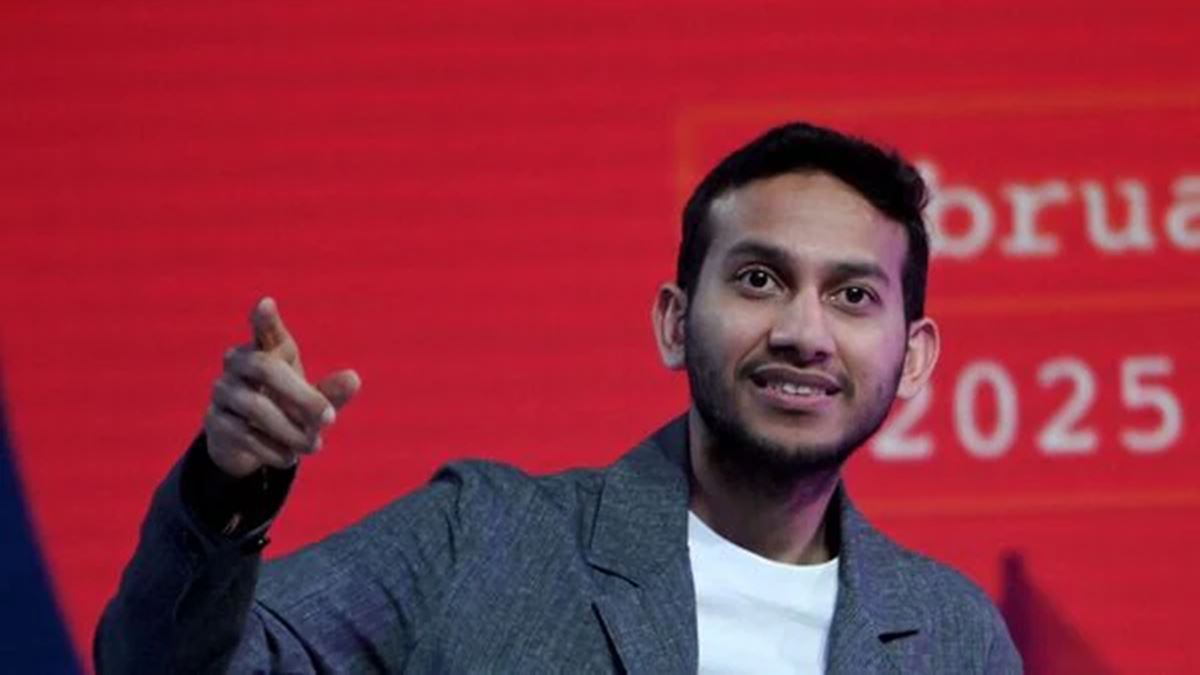When a candidate accepted an offer, it used to be a moment of closure for hiring teams. Relief, a tick in the box, and a short breather before onboarding. Not anymore.
In India’s Global Capability Centers (GCCs), hiring is projected to cross 4.5 lakh jobs by 2025. However, dropout rates in this window have silently climbed to uncomfortable levels. At Taggd, we recently convened a focused group discussion with senior HR leaders from leading GCCs. Their message was clear: the talent funnel is leaking after the offer. Today, the duration between post-offer acceptance and Day 1 of joining is most fragile.
Dropouts are not new to talent teams. But the nature of today’s dropouts is different and more elusive.
We’re not talking about early-stage disinterest or rejection at the interview round. We’re talking about candidates who say yes and then disappear. The symptoms vary – radio silence from candidates, last-minute reneges, abrupt switches – but the underlying friction is the same. The growing pattern is becoming a strategic risk. Hiring cycles stretch, business goals are deferred, and the irony? Many of these candidates genuinely meant to join when they said yes.
So, what changed?
From evaluation to emotion
As one HR leader put it simply: “The first offer is insurance.” With one offer in hand, candidates gain the confidence to negotiate better terms elsewhere – more pay, more flexibility, faster joining dates, and a better understanding of the company culture. The initial offer isn’t the finish line; it’s the starting point for deeper exploration.
Dropouts, in most cases, are not due to irrational decision-making. They are the result of comparative conviction-building. The candidate is simply more convinced elsewhere.
Here are some of the top identified reasons:
1. Geography as a growing friction: An increasingly critical factor behind offer drop-offs is the growing hesitation to relocate – or a preference to stay closer to one’s roots. Professionals in their 30s, in particular, are prioritising proximity to family and familiarity, regardless of whether they’re based in Tier 1 or Tier 2 cities. For those in Tier 2, the appeal of remaining in their home location often outweighs the stress and higher costs of living associated with metros.
Conversely, for professionals already in Tier 1 cities, the idea of moving – especially to a new location with unfamiliar infrastructure – can be equally unappealing, even if the role is promising.
2. Notice period mismatch: Many employers expect open roles to be filled within 30 days. However, the reality is that most experienced professionals, particularly in mid- to senior-level roles, are bound by 60-90 day notice periods. Faced with this gap, there is a pressure for the selected candidate to negotiate an early exit, which is not always within their control. Candidates may begin to feel rushed, undervalued, or uncertain. When hiring cycles aren’t built to accommodate real-world notice structures, the result is not speed; it’s loss.
3. Fragmented interview-to-offer experiences: Candidates often go through multiple rounds over weeks. But once the offer is accepted, the interaction between recruiter and candidate drops marginally in many cases, leading to the candidate feeling unengaged.
Adapting to the new realities
In response to growing offer drop-offs, some GCCs are proactively evolving their talent strategies. A few are leaning toward hiring local candidates to reduce the risk of relocation-related dropouts. Others are rethinking relocation mandates altogether, experimenting with hybrid, remote-first, or satellite office models that better align with candidates’ lifestyle preferences. To ease transitions where relocation is necessary, several companies have introduced relocation bonuses or short-term retention incentives to hold candidate interest through the notice and onboarding period.
When time-to-fill is critical, many companies have begun filtering out candidates with longer notice periods at the initial stages. While it’s not ideal, in urgent cases, it helps maintain hiring velocity. In some cases, organisations now consciously avoid engaging candidates who already hold competing offers.
But the most effective solution still remains intentional engagement.
Many GCCs are now implementing pre-onboarding programmes that blend virtual and informal interactions to create early belonging. These may include team introductions, cultural immersions, or conversations with leaders and peers at a similar career stage to showcase the company’s vision and the candidate’s potential growth trajectory.
In cases where relocation or remote work is involved, some organisations offer short in-person previews covering travel and stay to help candidates experience the work environment firsthand and assess mutual fit. Some organisations even share small memorabilia in the form of personalised welcome notes, branded kits, or tokens that reflect shared values.
The gestures may seem minor, but they signal intent. And when someone is weighing options post-offer, feeling seen and valued often tips the scale, converting intent into commitment.
A mindset shift is due
We often ask: Why did the candidate back out? A better question might be: What did we do between “yes” and “join” to hold their trust? The GCCs that thrive will not be those who simply reduce dropouts through policy. They will be those who treat the post-offer period as a strategic moment of trust-building—and design for it with clarity, empathy, and respect. Because in today’s talent market, every “yes” is provisional. It is what happens next that determines whether it lasts.
Source – https://www.peoplematters.in/article/recruiting-and-onboarding/offer-accepted-but-will-they-join-why-yes-doesnt-always-mean-yes-in-todays-hiring-landscape-43384




















